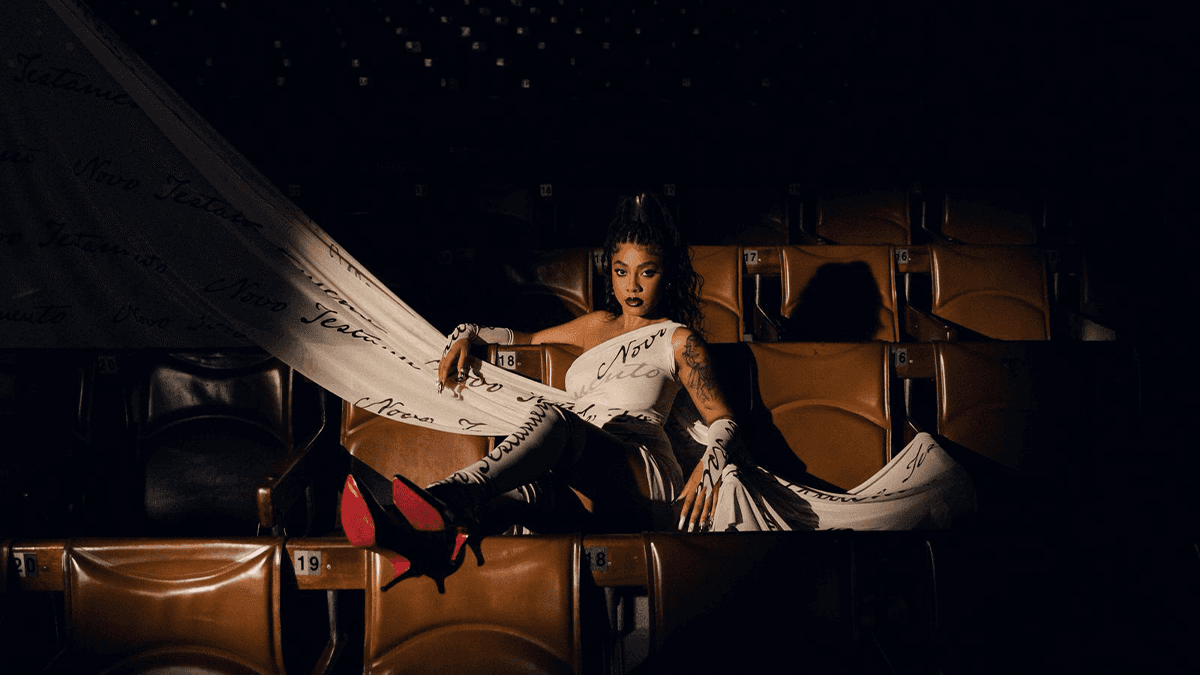The photographic manifesto of Rodrigo Fuzar
Born and raised in the East Zone of São Paulo, Rodrigo transformed the cultural wealth and his experiences into a unique artistic narrative. His works, which traverse between photography and visual poetry, not only document reality but also reinterpret it. His art transcends mere record-keeping and becomes a manifesto, uniting the symbolic with the social in search of impact and memory.
We talked a bit with Rodrigo about his journey, projects, and aspirations. Check it out below:
What was it like growing up in the East Zone of São Paulo? Is there something from that experience that influences your artistic perspective today?
A: I was born, raised, and still live in the East Zone. At different stages of my life, I lived in various neighborhoods, each with distinct cultural backgrounds. This was certainly fundamental to the construction of my imaginary world and, consequently, my perspective. Throughout this time, I encountered countless profiles of people, each of whom brought elements to my formation. It is a region that forces you to access different social classes and ethnicities.
How did this passion for art and photography arise?
A: Today, I believe and view semiotically that everything around us is art, regardless of how we judge its quality. Thinking this way, I believe I have always been connected to art, even if, in the past, I was not aware of it or did not perceive it that way. Whether through the music my parents played at home (on weekends and at birthday parties), what I watched on TV, the influences from the people and environments I was in during my childhood, or the experiences at my grandma Dulce’s Terreiro. My first formal contact with photography (let's say it that way) was through my university studies in Radio and TV - Social Communication. During this time, people in my circle encouraged and motivated me to dive deeper into this tool. There, I also understood that I could use the camera not just to capture moments but, indeed, to create and adapt narratives, aligning them with my repertoire. That was the key point for my connection with photography. Still, in general, my curiosity and personal initiatives were my greatest allies. I always sought out content, spending hours in front of the computer searching for references.
We know you developed the book “De Olho - A Photographic Manifesto.” How did it contribute to your evolution as an artist?
A: I understood that art is an arrow. With truth and purpose, it will meet the target the artist seeks, in addition to having the power to impact people, places, and structures. The truth contained in the artist's message acts as a universal key to opening all the gates they have in mind.
In the work "Aruaanda", was there a specific moment that drove you to create this project?
A: The pandemic of 2020. At that time, I lived in the Brás area (Central São Paulo), and even with the government order for numerous businesses to close their doors, there were people resisting, putting their soul, body, and courage on the streets. For them, this was the only alternative to survive, bring food home, and pay the bills on time. In my mind, those people had something more, beyond instinct and courage — which, by themselves, are already many things.
What are the main lessons you wanted to convey in your works "The Recycler of Worlds" and "The Winner of Demands"?
A: In all the works, my goal is to honor and highlight the importance of the people who were, daily, on the streets surviving amidst a global pandemic, reinforcing the idea that without many of those same people, the social impact would have been significantly greater. Be they the collectors of recyclable items (The Recycler of Worlds), who, even amidst the chaos of a pandemic or in a
See others like this





